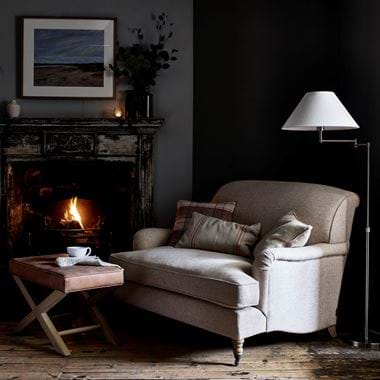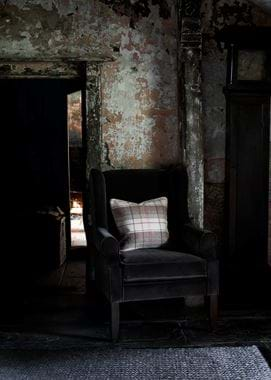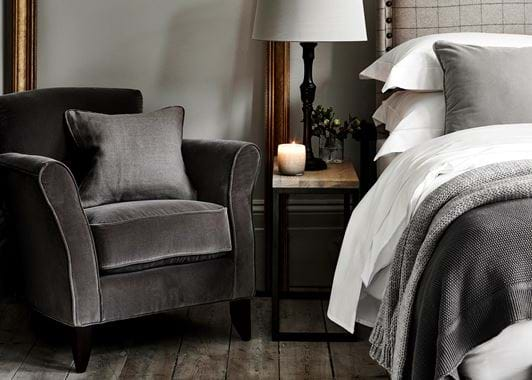The psychology of armchairs: why they’re often the go-to seat in the house
The psychology of armchairs: why they’re often the go-to seat in the house
There are some pieces of furniture that are as good as guaranteed a place in your home. The must-haves. The can’t-live-withouts. A bed is one of them. A sofa’s another. A dining table makes the cut too. But what about armchairs? They don’t feel quite so crucial as a sofa does – because a sofa’s more practical and doesn’t leave the rest of your family or friends on the floor in the way that a chair for one does. But there’s more of a pull with an armchair. It has that can’t-quite-put-your-finger-on-it charm that sofas struggle to fulfil. So, what is it about armchairs that tends to make them the most popular seat in the house?
When you ask people, what is it about armchairs that you like? A lot of the responses are along the lines of ‘it’s just my seat’ and ‘it’s the chair that I always sit in’. Now, there’s of course truth in that. If a particular armchair is the seat that you generally occupy over others, then it’s fair to say environmental psychology is at play. When you have a seat that you view as being ‘mine’, it’s a territorial thing, but not in an aggressive, defensive way. Theorists believe that it’s human nature to choose a particular seat, be it in your house or an office or classroom, and that it’s a way of keeping the peace. You choose an environment, it’s where you feel safe, it’s somewhere to call your own, giving you a touch of privacy and a feeling of ownership. “Most of the time, most people claim a space and others tacitly agree to it,” says Robert Gifford, a psychology professor at the University of Victoria who’s been quoted on the topic many a time. So, if an armchair is ‘yours’, the reason you feel that magnetic pull towards it, is partly to do with your territorial response.
But there’s something much simpler at play. Armchairs are smaller, cosier seats. A sofa has curl-up appeal, there’s no doubt about that, but just not in the same way that an armchair does. British architectural historian John Summerson wrote about the draw towards smaller homes and objects, including seating, referring to the universal human instinct to burrow. Whether you’re a claustrophile or not, there seems to be part of our DNA that makes small and snug spaces comforting and cosseting. Sitting in a space carved out for one – or two curled up closely, as in a loveseat – might be confined, but there’s a deep emotional response that says confinement equals security. Go a layer deeper and there are links between being in smaller spaces and the womb. Some researchers believe that people gravitate towards armchairs because there’s a subliminal biological connection – again, where we can curl up most is where we feel most cocooned and secure.
Ask a few other people about what makes an armchair more appealing than a sofa, and you’ll likely be told by somebody that lounging on a sofa feels slovenly whereas relaxing in an armchair feels more refined and lovely. Without doubt, many are drawn to the sofa because of just that – they want to sprawl out, to feel as close to being in bed as they can without actually being under the covers – but for others, it’s what makes the armchair’s appeal even stronger. Then you have those in the camp of ‘it’s just the seat that looks the nicest’. They find armchairs more aesthetically appealing and want to be in their embrace.
So, the next time you head into your sitting room, cup of tea in hand, ready to recline, and you find yourself heading in the direction of an armchair, know that you’re not doing so on a whim. There’s a lot more to armchairs than that…
Shop our collection of armchairs here.










